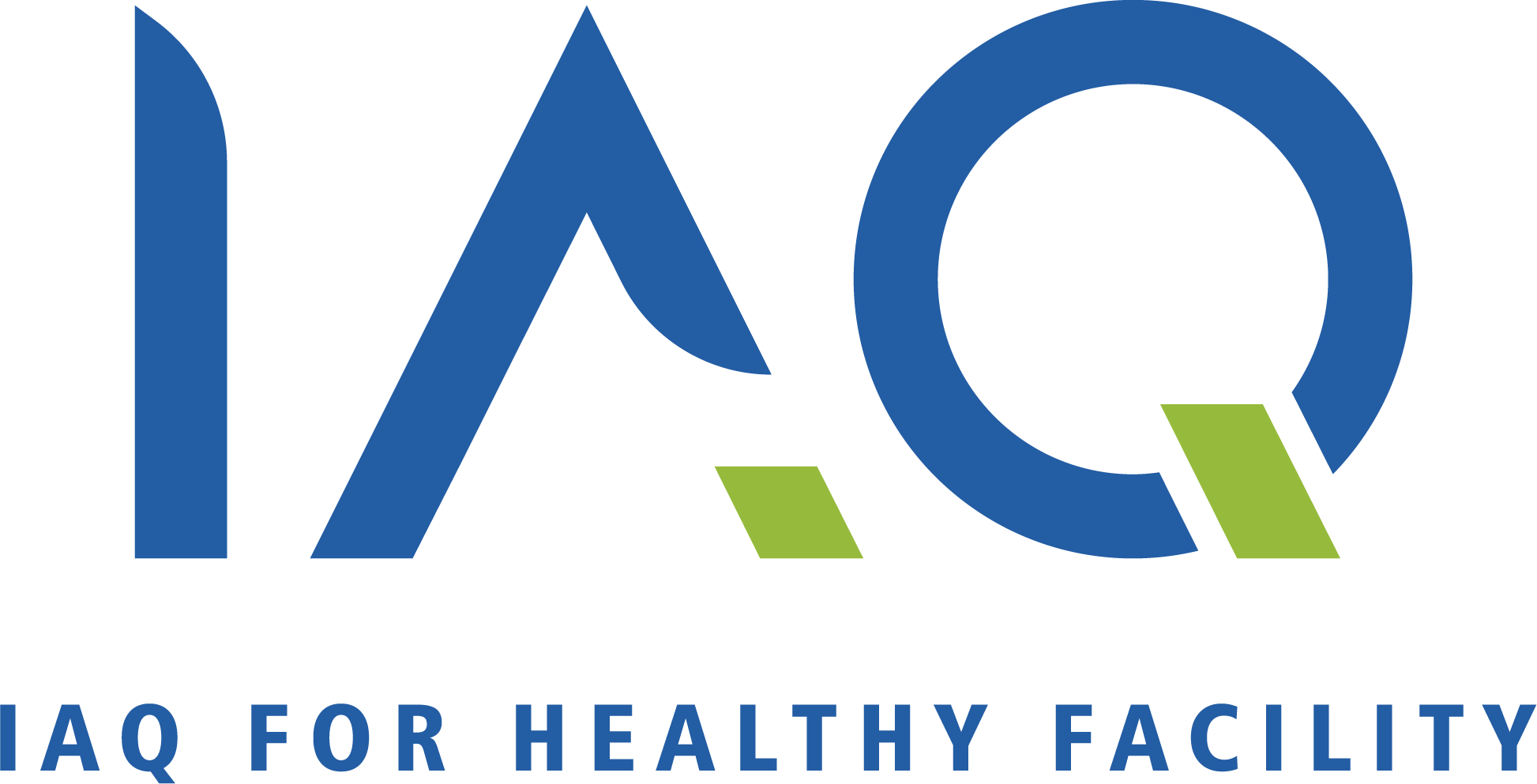Mold Decontamination
Mold Decontamination in Malaysia

The presence of mold inside commercial buildings affects the indoor air quality, causing its occupants to be exposed to health risks like allergies, irritation and even respiratory diseases. These could be more severe, depending on individual acceptance and adaptability. In some cases, infections cannot be seen in a short period of time. These infectious bacteria will only show in the long term.
Importance of Mold Decontamination
Although mold spores are generally harmless, if they are attached in a moist area of a facility, they will begin to grow. When mold grows on a surface, spores can easily be released into the air and inhaled. People who are sensitive to mold and inhale a high concentration of spores may develop asthma, allergies and other respiratory illnesses. Altogether signifying why indoor air quality in a facility is crucial. After problem identification, mold decontamination is the best way to prevent such predicaments.
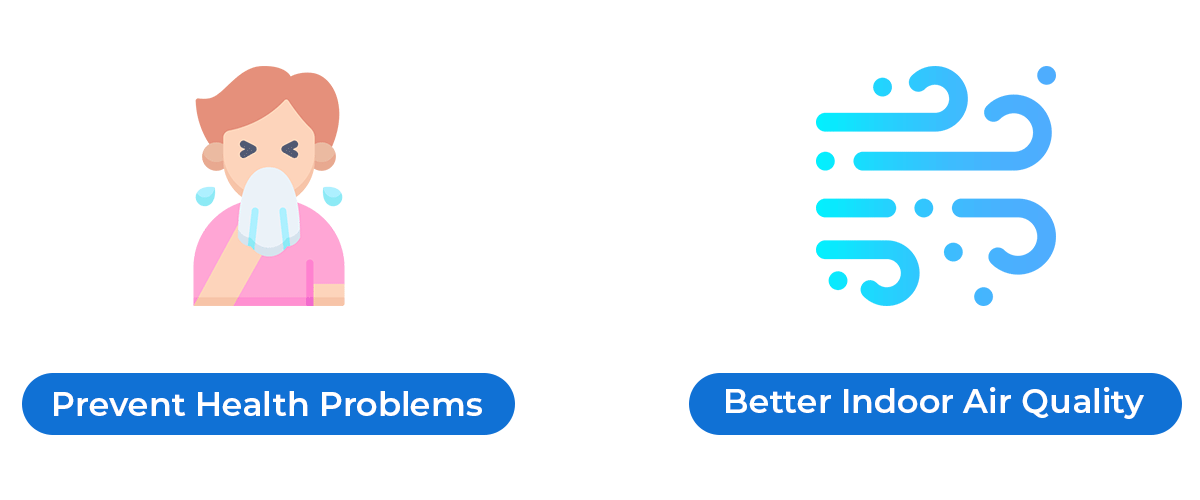
How Can Mold Be Prevented?

How We Operate
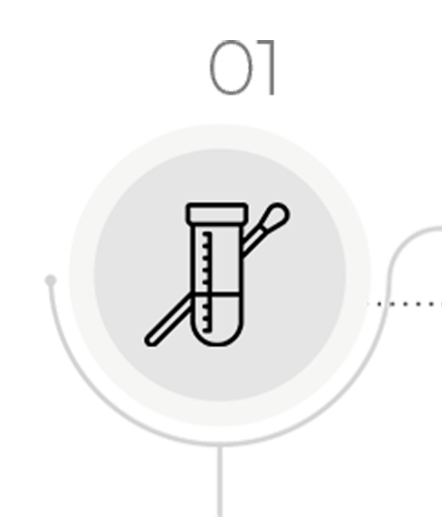
Swab testing
Swab will be taken initially for laboratory testing. To identify the type of bacteria and fungus — and whether they are harmful or not. Mold cannot be seen by the naked eye, except for those chronic cases of mold growth. Example, black mold.
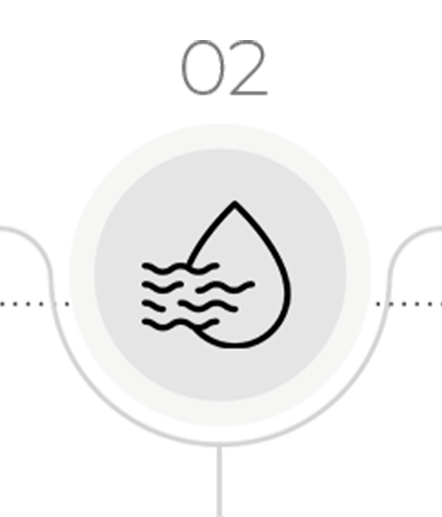
Humidity reading
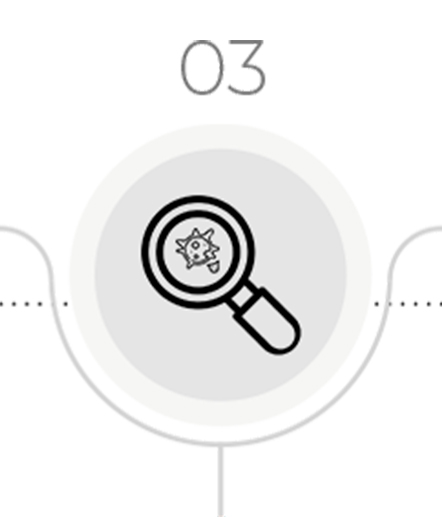
Inspection
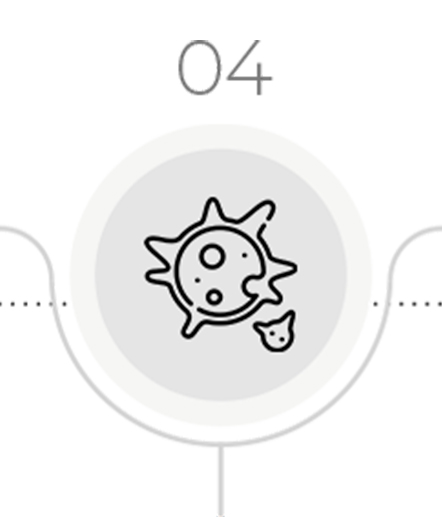
Mold mitigation
After problem identification, cleaning will take place. Affected areas in the facility will be contained or sealed off before EPA-approved chemicals are used to remove the mold.
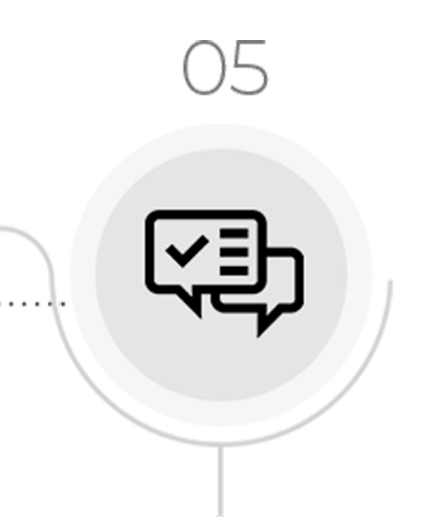
Recommendation
After all processes have been completed, recommendation(s) will be provided to clients to help them maintain the facility’s indoor air quality and prevent mold reproduction.
Our Process
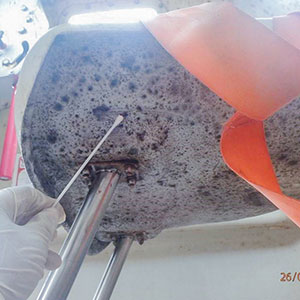
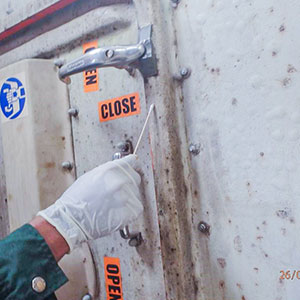


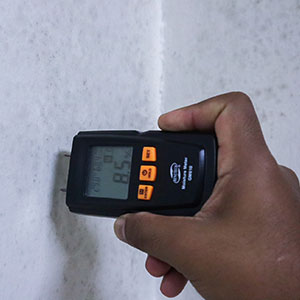
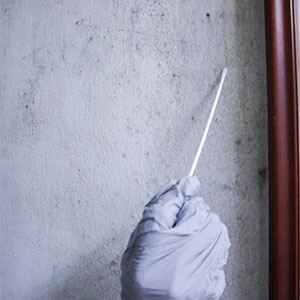
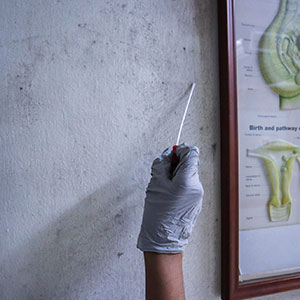
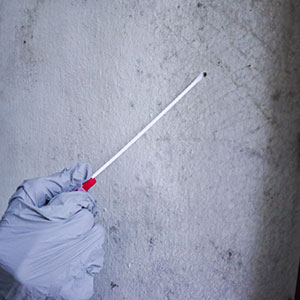
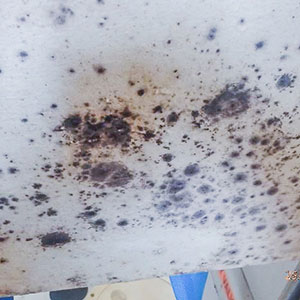
Frequently Asked Questions
Mold is present everywhere. The fact is, when we talk about mold being everywhere, we’re referring to the fact that it’s also in the air, both indoors and outdoors. Mold growing in a building is a sign that something has gone wrong. There are millions of different locations out there. Many, if not all, of these places have mold.
No one can agree on how many kinds of mold exist in the world. Estimates range from tens of thousands to over three hundred thousand. Only a small percentage of mold is inescapable in your geographic location.
Generally, visually mould will appear as discoloration of a surface. Mold smells musty. Mold frequently grows in basements, attics, under carpets, in closets, or behind walls. It stains walls, ceilings, and furniture. Mold can be detected by the discoloration of surfaces, which include white, black, brown, green, tan, and purple.
That won’t work. The mold can grow again on the painted surface, but unseen mould spores are also present elsewhere, away from the growth zone.
Mold is happy to feed on paint because paint is stuck to Sheetrock paper, which is an organic surface. Organic paint contains mold food.
